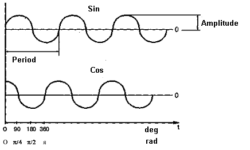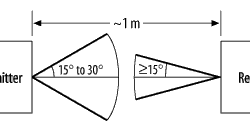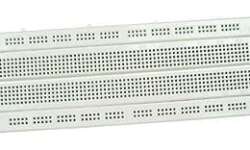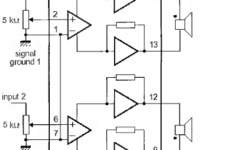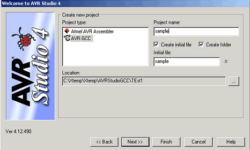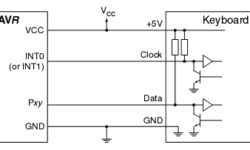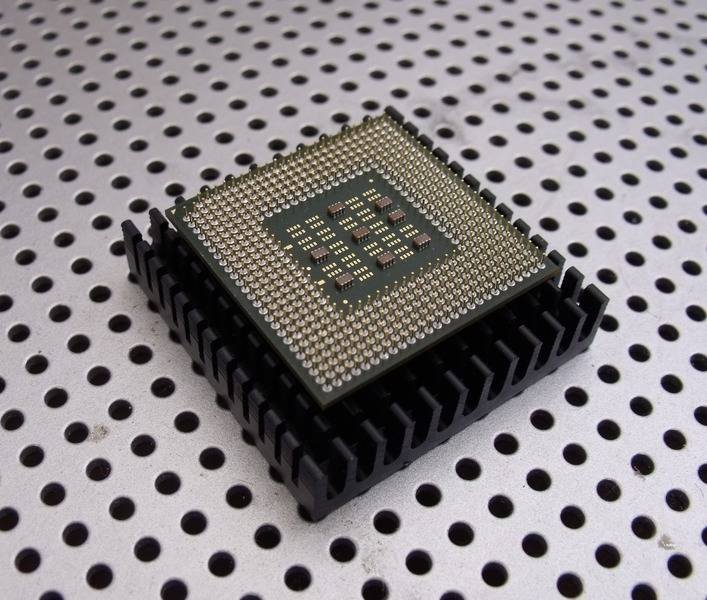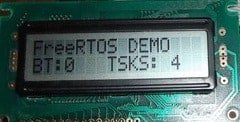Programming and customizing AVR microcontrollers

AVR microcontroller programs can be classified by programming method – how to program is loaded into microcontroller from the computer. One is a Parallel programmer (byte by byte). This isn’t a popular programming method. But it is a fast programming method. Using a parallel programmer, you can set fuses that will protect you from using the ISP method. But the main disadvantage of parallel programming is that you have to remove the microcontroller from the circuit. This might be used when producing a series of the same kind of preprogrammed microcontrollers before they are soldered into the board. The parallel programmer can program the RESET pin to be used as a fully functional I/O line; this is why ISP cannot be used after this procedure. Restoring of the RESET function can only be done with a Parallel programmer. The serial programming interface is more convenient for electronics hobbyists. The main benefit of the ISP programmer that you can program the microcontroller directly on board. ISP programmers can be connected to COM or LPT port. COM port is becoming obsolete as it requires additional circuitry, while LPT programmer can be as simple as few wires connecting AVR to LPT port. Popular…







